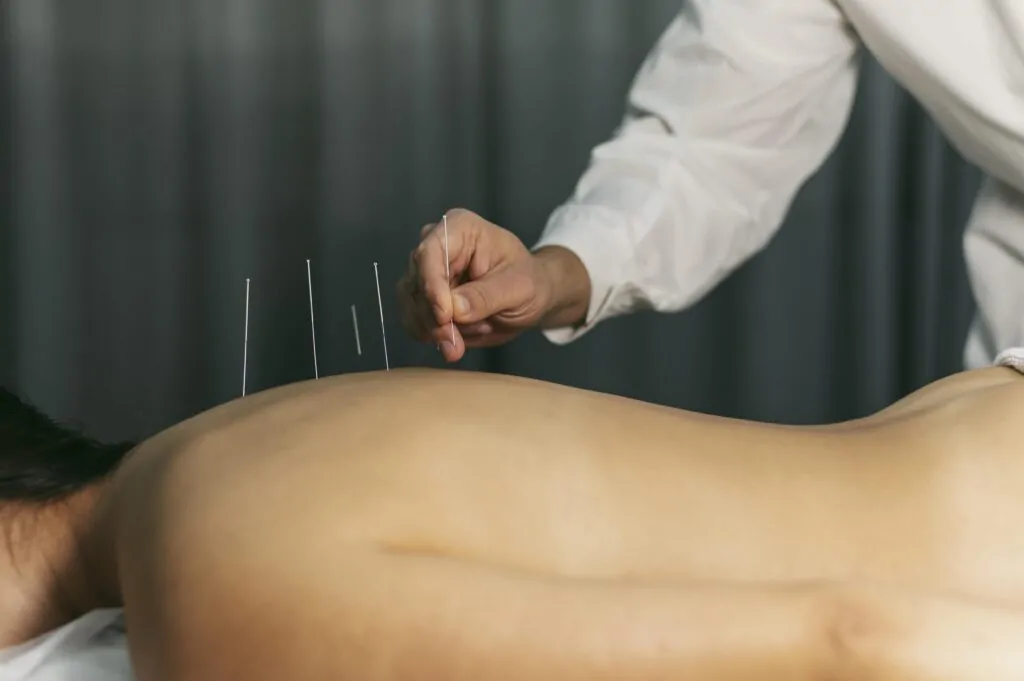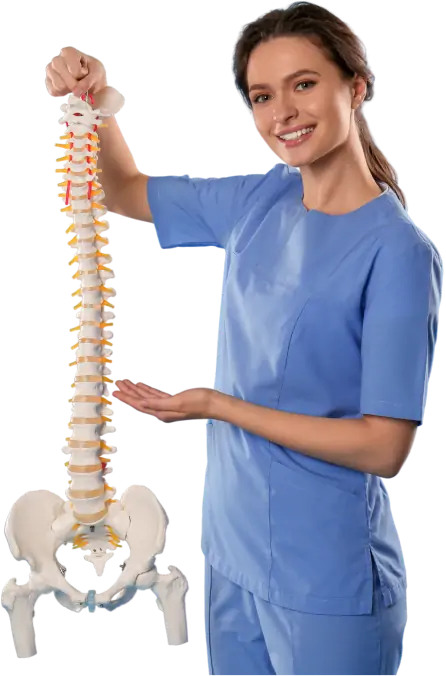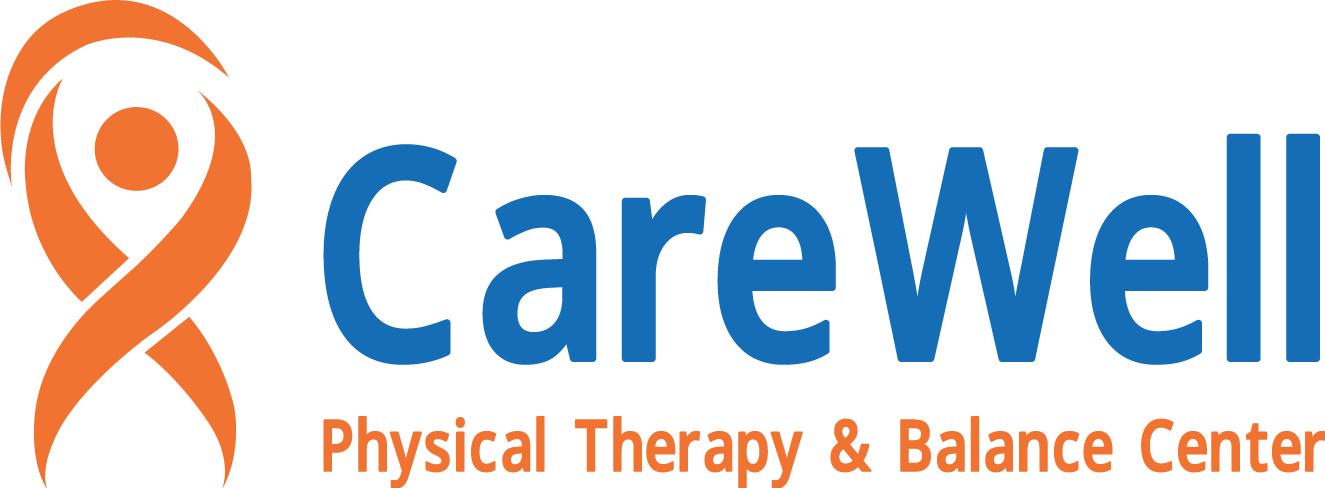Dry Needling: A Comprehensive Guide to This Innovative Therapy
Home > Dry Needling: A Comprehensive Guide to This Innovative Therapy
Recent Blogs
Dizziness Physical Therapy: A Path to Balance and Recovery
How Geriatric Physical Therapy in Tampa Can Help You

Dry Needling: A Comprehensive Guide to This Innovative Therapy
Dry needling has emerged as a popular therapeutic technique in recent years, relieving various musculoskeletal conditions. Though often compared to acupuncture, dry needling has a unique methodology, applications, and benefits. This article will explore what dry needling is, how it works, its potential benefits, and the conditions it treats. Whether you’re a healthcare professional or seeking effective pain relief, this comprehensive guide will provide valuable insights into dry needling.
What Is Dry Needling?
Dry needling is a treatment technique that physical therapists and other healthcare professionals use to target myofascial trigger points, or “knots,” in the muscles. These trigger points are tight bands of muscle fibers that can cause pain, limited mobility, and other discomforts. Unlike acupuncture, which is based on Traditional Chinese Medicine and focuses on restoring energy flow, dry needling is rooted in Western medicine and relies on anatomical and neurophysiological principles.
The term “dry” refers to the use of thin, solid filiform needles that do not inject any substance into the body. Instead, these needles are inserted into specific points to stimulate muscle tissue, reduce tension, and promote healing.
How Does Dry Needling Work?
Dry needling addresses the neuromuscular dysfunction associated with trigger points. When a needle is inserted into the trigger point, it creates a localized twitch response. This response disrupts the pain cycle, increases blood flow, and encourages muscle tension release.
The exact mechanism behind dry needling’s effectiveness is not fully understood, but research suggests it may work through several pathways:
- Trigger Point Deactivation: By directly targeting the source of muscle tightness, dry needling helps release the contracted fibers and reduce pain.
- Neurophysiological Response: The needle stimulates sensory nerves, altering pain perception and promoting relaxation.
- Improved Blood Flow: Needling enhances circulation in the affected area, accelerating the body’s natural healing process.
Benefits of Dry Needling
Dry needling offers many benefits for individuals dealing with pain, stiffness, and muscle dysfunction. Here are some of its most notable advantages:
- Pain Relief: Dry needling effectively reduces acute and chronic pain, making it popular for individuals with musculoskeletal conditions.
- Improved Range of Motion: By relieving muscle tightness and releasing trigger points, dry needling helps restore flexibility and mobility.
- Enhanced Recovery: Athletes and active individuals often use dry needling to accelerate recovery from injuries or intense physical activity.
- Complementary to Other Therapies: Dry needling is often combined with physical therapy, massage, and exercise programs to maximize results.
- Drug-Free Treatment: As a non-invasive, drug-free option, dry needling is appealing to individuals looking for alternatives to pain medication.
Conditions Treated with Dry Needling
Dry needling is used to treat a variety of conditions, particularly those involving muscle pain and dysfunction. Some common conditions include:
- Myofascial Pain Syndrome: Trigger points in the muscles can cause localized and referred pain, which dry needling effectively targets.
- Chronic Pain: Conditions like fibromyalgia and chronic tension headaches often benefit from dry needling therapy.
- Sports Injuries: Strains, sprains, and overuse injuries are commonly treated with dry needling to enhance recovery and reduce pain.
- Neck and Back Pain: Whether caused by poor posture or injury, dry needling can alleviate tension and discomfort.
- Tendonitis: Inflammation of tendons, such as in tennis elbow or Achilles tendonitis, can be addressed with dry needling.
- Post-Surgical Pain: Dry needling is sometimes used in rehabilitation programs to relieve residual muscle tightness after surgery.
Is Dry Needling Safe?
Dry needling is generally considered safe by a trained and certified professional. The needles used are sterile, single-use, and very thin, minimizing the risk of complications. Common side effects include mild soreness, bruising, or temporary fatigue, which typically resolve within a day or two.
However, there are some contraindications to consider. Dry needling may not be suitable for individuals with bleeding disorders, needle phobia, or infections near the treatment site. It is essential to consult a qualified practitioner and discuss your medical history before undergoing the procedure.
What to Expect During a Dry Needling Session
A typical dry needling session begins with an evaluation of your condition and a discussion of your symptoms. The practitioner will identify the areas of muscle tension or pain and insert needles into the corresponding trigger points. The insertion may cause a brief discomfort or twitch response, but most patients report minimal pain. Sessions usually last 20-40 minutes, depending on the treatment area and goals. While some people experience immediate relief, others may require multiple sessions to achieve optimal results.
Dry Needling vs. Acupuncture: Key Differences
Though dry needling and acupuncture both involve the use of needles, their approaches and goals differ significantly:
- Philosophy: Dry needling is rooted in Western medicine and focuses on anatomical structures, while acupuncture is based on Traditional Chinese Medicine and aims to balance energy flow.
- Technique: Acupuncture involves inserting needles into meridian points to restore qi (energy), whereas dry needling targets muscle trigger points to release tension.
- Purpose: Dry needling is primarily used to treat pain and musculoskeletal issues, while acupuncture addresses a broader range of conditions, including stress, digestive issues, and hormonal imbalances.
Conclusion
Dry needling is an innovative and effective therapy for muscle pain, stiffness, and other discomforts. Targeting myofascial trigger points relieves various conditions, improves mobility, and enhances recovery. Whether you’re an athlete seeking faster recovery or someone living with chronic pain, dry needling provides a safe, drug-free alternative.
If you’re considering dry needling, choose a certified practitioner who can tailor the treatment to your needs. With its growing popularity and proven benefits, dry needling transforms how we approach pain management and rehabilitation.
Leave a reply
Tags : Body Health,Bone,Chiropractic
Share This:
Physical Therapy that's designed entirely around you.
From athletes on the field to weekend warriors in life, being committed to a physical therapy program helps you to keep pushing ahead!


